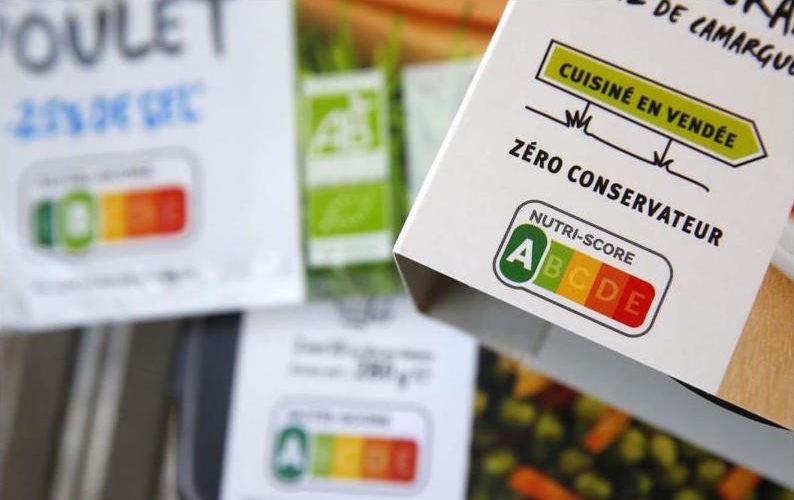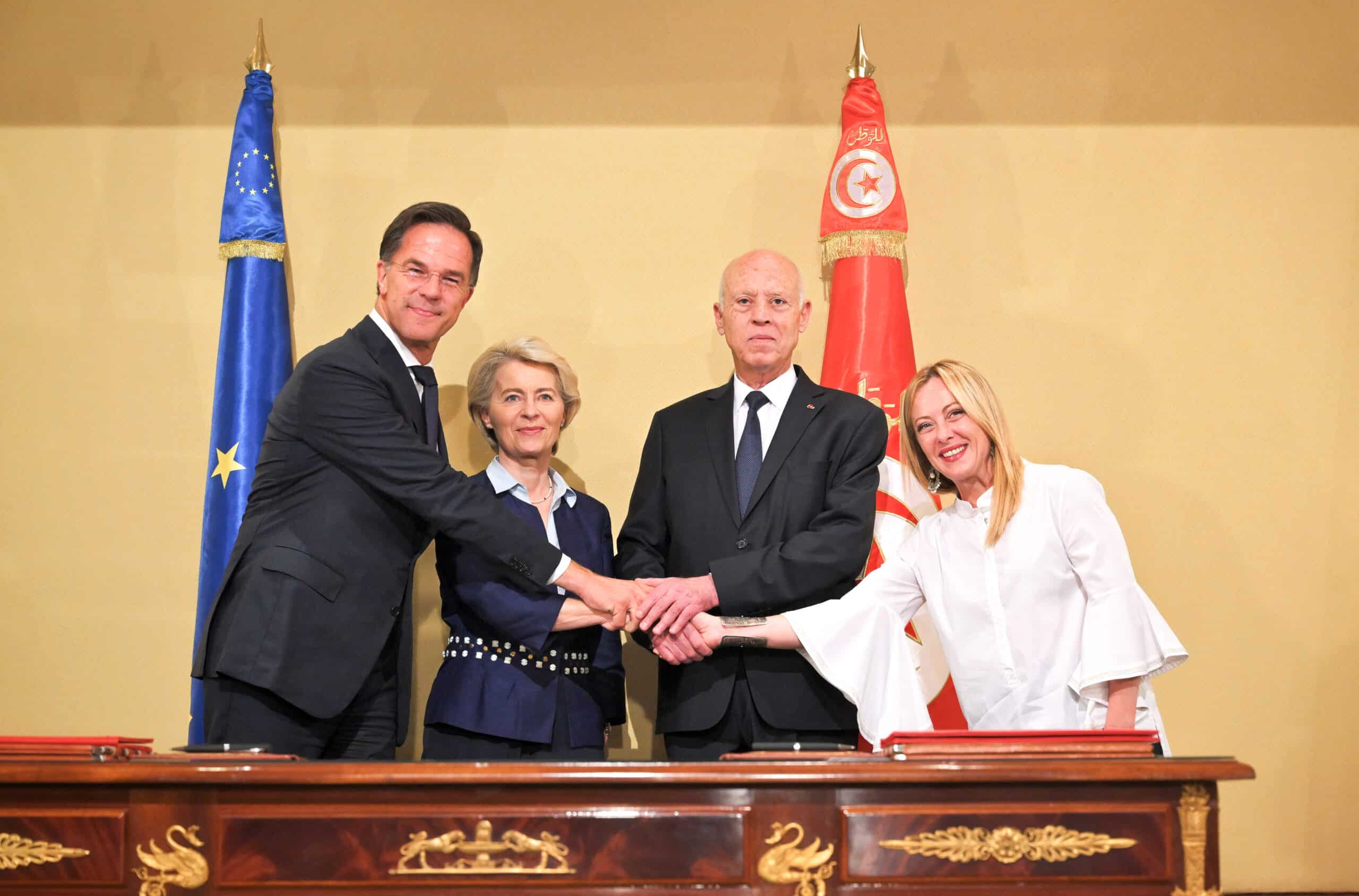Brussels – The Nutriscore, the semaphore label of discord dividing the EU, is back in the news.
According to one researcher-led study Dutch Elsevier, “most of the research on the Nutriscore has been conducted by authors working at the EREN (Équipe de Recherche en Epidemiologie Nutritional) institute in France”, from which the labeling system originated, or who “are connected to its developers.”
In contrast, most (61 percent) of the studies conducted independently by the developers of Nutriscore showed unfavorable results for this nutritional rating system ranging from “A,” colored green, to “E,” colored red, which was invented in France and has already been adopted in some EU countries.
Of the 56 studies on the traffic light labeling system conducted by authors employed by or affiliated with its developers, 52 were in favor of the system. While of the 49 studies conducted by independent, unaffiliated researchers, 61 percent gave an unfavorable outcome to Nutriscore. The study authors conclude that the “studies and publications on Nutriscore are subject to publication bias” and that the scientific evaluation of the traffic light label is “directly influenced by its professional ties to the developers” of the label itself.
“This suggests a bias in the articles accepted for publication,” said Dr. Stephan Peters, co-author of the study and head of nutrition, health and sustainability at the Dutch Dairy Association. The study authors, Stephan Peters and Hans Verhagen, are both former members of the scientific committee of the Dutch front logo on product health “Het Vinkje.”
The European Commission was to present a proposal for harmonized labeling by the end of the legislative term, but decided to postpone it until a later date due to opposition from several countries. Belgium, where the system has been adopted (as in France, Luxembourg, Germany, and the Netherlands), holds the rotating presidency of the EU and has scheduled a scientific symposium dedicated to Nutriscore for April 25, a last-ditch effort to try to revive the issue.
English version by the Translation Service of Withub




![Una donna controlla le informazioni sul cibo specificate sulla confezione [foto: archivio]](https://www.eunews.it/wp-content/uploads/2014/12/Etichette-alimentari.jpg)

